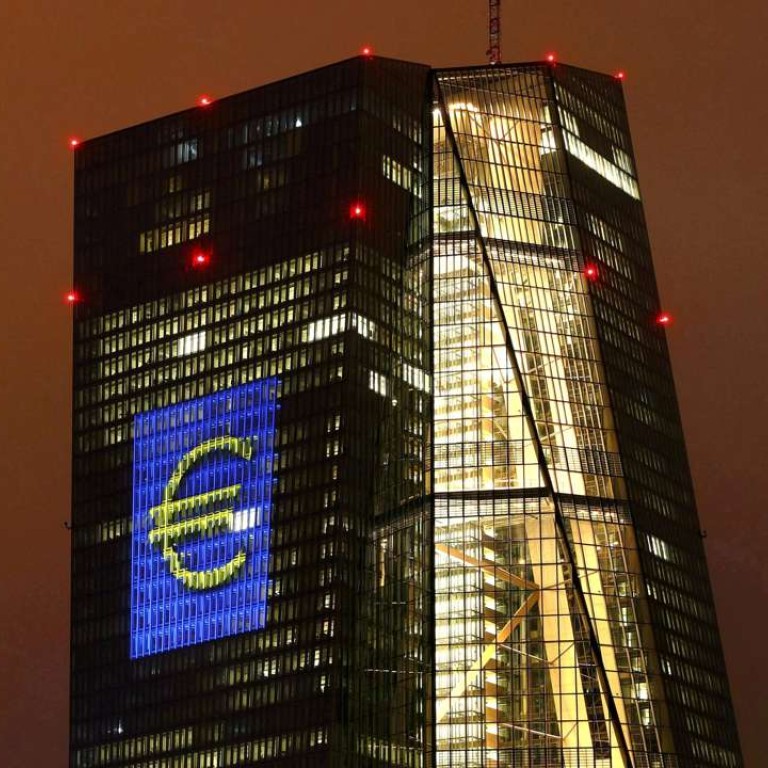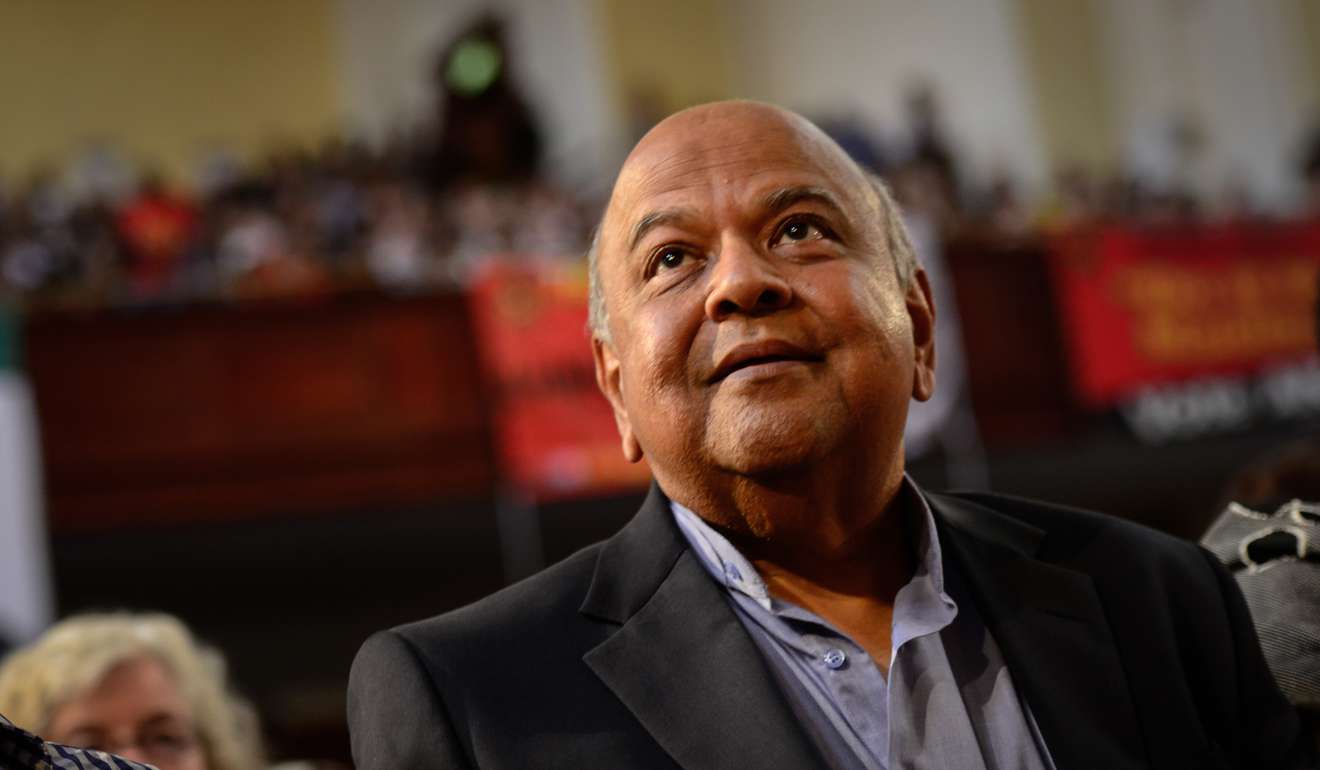
The ‘extraordinary calm’ in markets... is cause for worry
Wall Street’s so-called ‘fear gauge’, or Volatility Index, currently stands at just 12.3 points, close to the record low of below 10 touched before the global financial crisis
Last week was one that investors in South African assets would rather forget.
The rand, South Africa’s currency and one of the most actively traded emerging market (EM) currencies, tumbled 9 per cent against the US dollar in response to president Jacob Zuma’s decision to fire his well-regarded finance minister, Pravin Gordhan, in a move which has plunged Africa’s largest economy into a full-blown political crisis and is expected to hasten the loss of the country’s coveted investment grade credit rating.
A little over three years ago, when developing economies were bearing the brunt of the fallout from the unexpected decision by the US Federal Reserve to scale back, or taper, its programme of quantitative easing (QE), a sharp sell-off in South African assets would have put the currencies and equities of other emerging markets under strain.
Correlations between the prices of financial assets across the world have fallen to their lowest levels since the global financial crisis
Yet this time round, financial contagion is nowhere to be seen.
On Friday, the day after Gordhan was ousted, Asian currencies even rose against the dollar while yields on Latin American local government bonds continued to decline. In the week ending March 29, when speculation about Zuma’s plans to fire Gordhan was mounting, net inflows into emerging market bond mutual funds surged to US$2.8 billion, according to JPMorgan, an eight-month high.
The absence of widespread contagion stems partly from the much stronger divergences in the performance of asset classes over the past several months, and particularly since the victory of Donald Trump in the US presidential election.
Correlations between the prices of financial assets across the world have fallen to their lowest levels since the global financial crisis as expectations of reflationary policies under the Trump administration accentuate divergences in monetary policies and, crucially, increase the importance of fundamentals and country-specific conditions in determining the performance of assets.

While asset prices are still being distorted by the ultra-loose monetary policies of central banks – large swaths of the European and Japanese government debt markets are negative-yielding – equities, bonds and currencies in developed and developing economies are no longer moving in lockstep.
Moreover, stronger economic data in both regions – manufacturing and services sector activity in the eurozone is expanding at its fastest pace in six years while China’s recovering manufacturing sector has just stopped shedding employment for the first time since 2012 – is buoying sentiment, reducing the scope for volatile “risk on, risk off” trading conditions in which investors behave in a herd-like manner depending on the state of the markets.
In a report earlier this year, Morgan Stanley noted that global markets are witnessing a “correlation crash” in which “regional correlations, cross-asset correlations and individual stock and [foreign-exchange] correlations have fallen simultaneously. We haven’t seen a shift this severe in over a decade”.
This is a boon for so-called macro traders who profit from political and economic divergences between countries by placing bets on different nations’ currencies, bonds and equities.
More importantly, it suggests that some degree of normality is returning to markets after years in which central banks’ ultra-accommodative monetary policies distorted asset prices heavily, allowing fundamentals to become dangerously detached from market conditions.
In 2015, the International Monetary Fund warned that “the substantial rise in correlations between asset markets in advanced and emerging market economies points to an increased possibility of [financial] contagion or spillovers in periods of stress”.
This risk has clearly receded. Since Trump’s victory in the US election, Morgan Stanley’s cross-asset correlation index has fallen to its lowest level in 14 years.
This is the good news.
The bad news, however, is that the rapid decline in correlations between asset classes has contributed to a worryingly sharp fall in volatility levels in markets in the face of a plethora of risks and vulnerabilities.
The popular Vix Index, Wall Street’s so-called “fear gauge” which measures the expected volatility of the US equity market implied by derivative contracts, currently stands at just 12.3 points, close to the record low of below 10 touched before the global financial crisis.
The extraordinary calm in markets is dangerously at odds with mounting concerns on the part of investors and asset managers, particularly in Europe. According to the latest global fund manager survey from Bank of America Merrill Lynch, 33 per cent of respondents believe European politics represents the biggest “tail risk” for markets this year.
Less scope for financial contagion is to be welcomed – but not if the price for this is excessive complacency.
Nicholas Spiro is a partner at Lauressa Advisory

